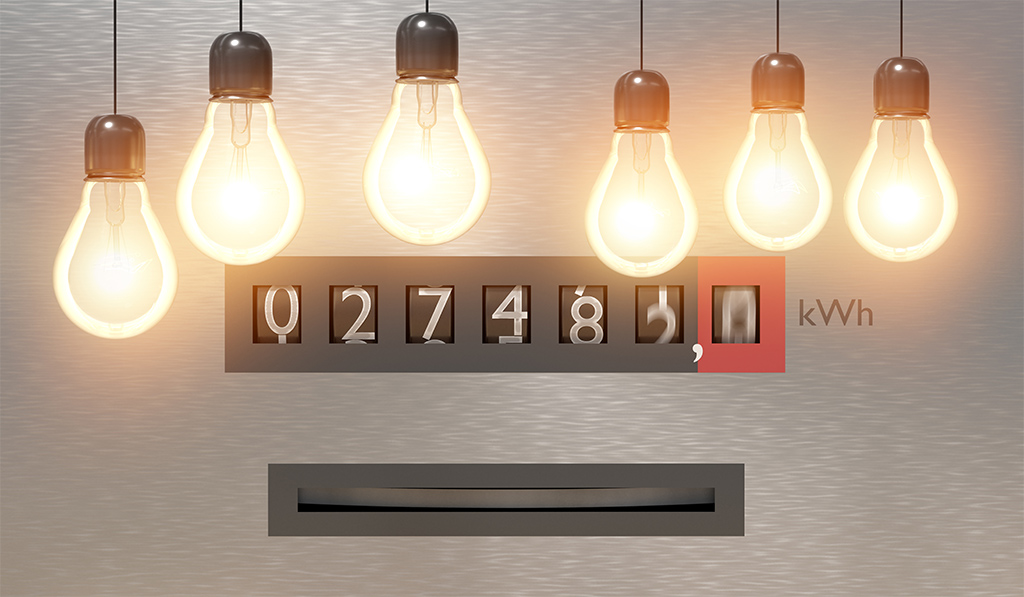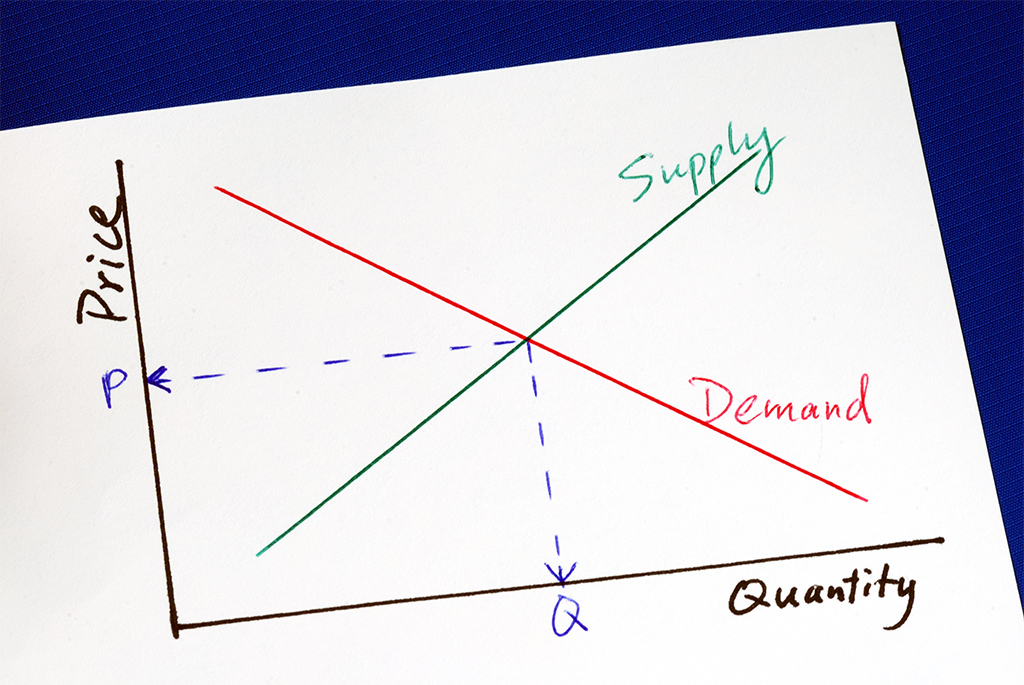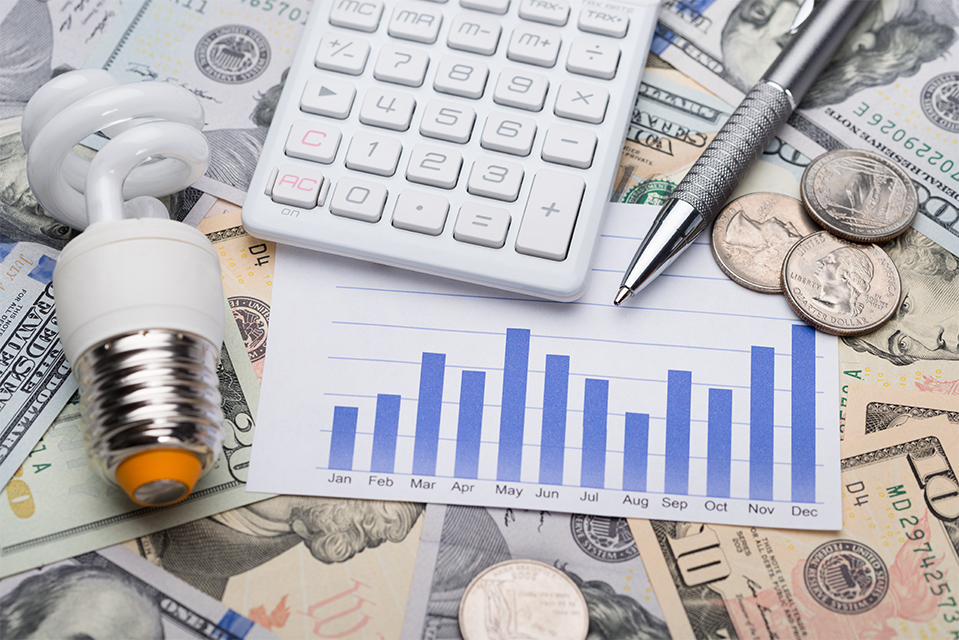Measurement and Energy Rates
What is in hiding in your energy bill? For residents it may be easy to spot when your rate increases and when you had new taxes added on, but this is a whole different story when talking about energy consumption and restaurants, the sector that uses 2 times the amount of energy as any other sector, seeing these slight differences bill after bill is difficult and sometimes impossible. With taxes coming into play, changes in peak demand charges, and the rise in electricity costs alone determining what savings can look like from your energy management system (EMS) may be tough. We put together some best practices to help you identify your savings from your energy management system because not all the time is looking at your electric bill before and after an accurate depiction of what your EMS is saving you. Being the first in a series of blog posts concerning this topic first we will talk about measurement and energy rates.
The first thing to take into consideration is that your EMS is not connected to everything in your facility that is consuming energy. They monitor and control specific areas and systems in your building and trying to decipher if the EMS is lowering your energy bill you first have to define what it is you are measuring. Your EMS provider should provide you reporting on a regular basis that outlines what your consumption was, for the systems it was connected to, for that month making the case very plain and clear. However, in the case that they don’t, you must first have a good plan for what it is you are looking to accomplish. To affect the outcome, you must first know what to alter to make a significant difference. To compare kwh consumption month to month on specific systems your EMS must have a meter. The meter measures the specific kWh consumption for whatever system it is communicating with. This will give you numbers to compare before the system was installed to after the system was installed. If your kilowatt consumption is less after the system was installed, then you saved that $$$.


Energy cannot be stored, so it is produced at the exact moment of demand; therefore factors that influence supply and demand weigh heavily here. Other factors that come into play are fuel prices, gas and oil, and wind and weather as they determine how much energy is generated by wind turbines and hydroelectric stations. That being said the price fluctuates as much as gas prices in the summer. Another factor that plays heavy in the industrial sector is demand rates. Rates will also change if you are at your peak demand for electricity usage, and those rates vary over the course of the year. Not being able to rely on a set rate year round makes the deciphering of your energy bill that much more difficult.
Now that we have covered the first two basics in deciphering your energy bill we will be covering four more topics related to your energy bill and your EMS. Two topics every other week and once we are done, you’ll be a pro at decoding your energy bill and understanding how your EMS affects the bill. For more information on how EMS systems work check out chameleon™.
